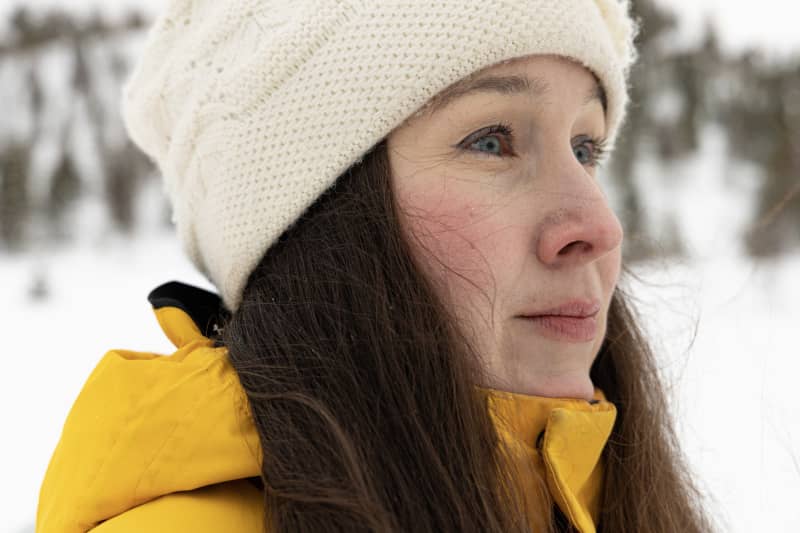
Everything changed when cultural guest, composer Outi Tarkiainen gave birth to her first child. With childbirth, she found her instincts, which she decided to start trusting.
At the beginning, the music tumbles like cracked ice blocks.
Suddenly the symphony orchestra falls silent. What remains is the glitter. The notes drip like drops of melting ice.
Tarkiainen has dedicated the work to Okjökull, located in the western part of Iceland, which was the first to disappear from Iceland’s glaciers. There is a commemorative plaque on the spot of the glacier that was declared dead.
In Finland, *Songs of the Ice* will be heard next time at the Radio Symphony Orchestra’s concert in April.
One of few
The pen of Tarkiainen, 38, who was born in Rovaniemi and now lives in Kainuu, creates a lot of music.
Tarkiainen feels that he is a source, *hete*, as they say in the north.
Composition is physical. When writing sheet music, he takes off his clothes when it gets so hot. He moves with the music as if forced by the current.
– The feeling is that the music comes at the same speed as lava from a volcano. I don’t know if it will last long, but that’s the way it is at the moment.
Tarkiainen is one of Finland’s most sought-after art music composers and one of the few who earns his living specifically by composing. Tarkiainen does not work in organizations, nor does he teach.
There aren’t many of them in Finland.
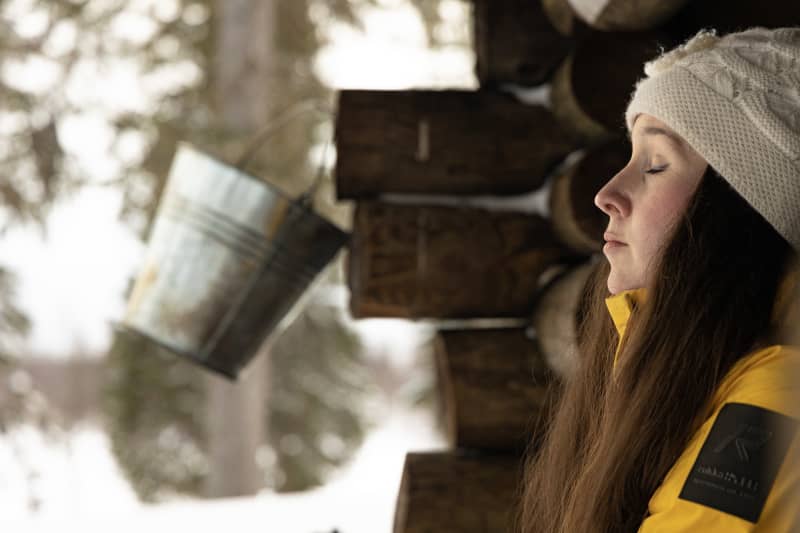
Northern composer
The artist from Rovaniemi draws originality from different cultures and eras. It is easy to unintentionally exoticize his compositions. Colorful, natural and sometimes playing with jazz nuances, the music is of interest all over the world.
It’s a different thing to be a northern composer from the Arctic Circle than, say, from Töölö in Helsinki.
Tarkiainen maintains his profile by naming his works personally. Like *Polar Pearls*, *The Ring of Fire and Love* and *Variations of the Night Sun*.
They guide the listener, hold the hand, but do not dictate.
You don’t have to hear the music of *Jää laulut* described at the beginning of this article as sparkling water drops, but you can do so by knowing the composer’s sources of inspiration.
Although the \”falling water drops\” are perhaps flagpoles swaying in the wind on the shore of the Arctic Ocean in Mehamn in Northern Norway, where Tarkiainen spent time during his composition work. The lost glacier Okjökull was running through my mind while the flagpoles were making chime-like noises.
– I composed the sound coming from the flagpoles into the piece as if it were a mass for the soul.
A cow gave birth to a calf
During and after his studies, Tarkiainen has spent different periods of time in, for example, Paris, Miami, London and Berlin.
Now he lives with his family in Kainuu, soon to move back to Rovaniemi.
Iceland, its nature and animals have a very special place in Tarkiainen’s heart. Especially with Icelandic horses, which, according to the composer, have adapted perfectly to the country’s landscape.
Tarkiainen has made several horseback riding trips to Iceland, and once he rode across the country in a herd of horses.
– If I stopped composing and started doing something completely different, I would go there as a guide, he says.
When I was a student, the best fit for the budget was an episode on a cow farm, where a herd of semi-wild horses was used. Although the composer was able to ride to his heart’s content, the most memorable moment came unexpectedly.
The cow gave birth to a calf in front of Tarkiainen’s eyes.
– There was some kind of sanctity present in it.
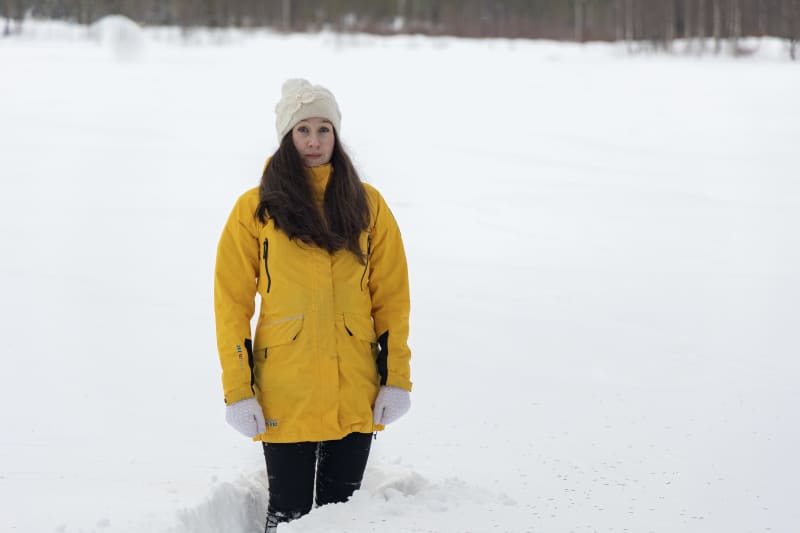
Holy shit
Tarkiainen says that he has heard that a house with a newborn child has been called a holy merry-go-round. The experience of the connection between birth and the sacred was strengthened when the composer gave birth to her first child in Rovaniemi hospital in 2018.
The composer who made great compositions and saw the lights of cities of millions had returned home.
– I believe that everyone who has given birth or has been involved in one can sign that there is some kind of primal force involved. There is indeed something sacred about it.
The composer was surprised by what his body was capable of.
– The strength and wisdom found in the body. I’ve been thinking about it and have also drawn from it in my composing work.
Giving birth as an experience is individual and comprehensive, revolutionary in many ways, but Tarkiainen thinks the subject is not taken seriously enough.
Although there has been a lively discussion in the public sections of magazines, especially about the overloading of maternity wards in the capital region, and arresting articles have been written on the subject, according to the composer, nothing seems to be happening. No, although childbirth traumas have a long-term effect and may be limiting.
Is it because women are at the center of the experience, Tarkiainen wonders. He wonders why the decision-makers don’t react to the situation, even though smaller calls for distress have been answered.
– At worst, it comes up in conversations that what you women are complaining about, was given birth much more briskly before. For a shower or a bath and then milking. Yes, it was done. But many more women and children also died, says Tarkiainen.
The women answer in chorus that we have given birth to and raised all those people. But that job will disappear.
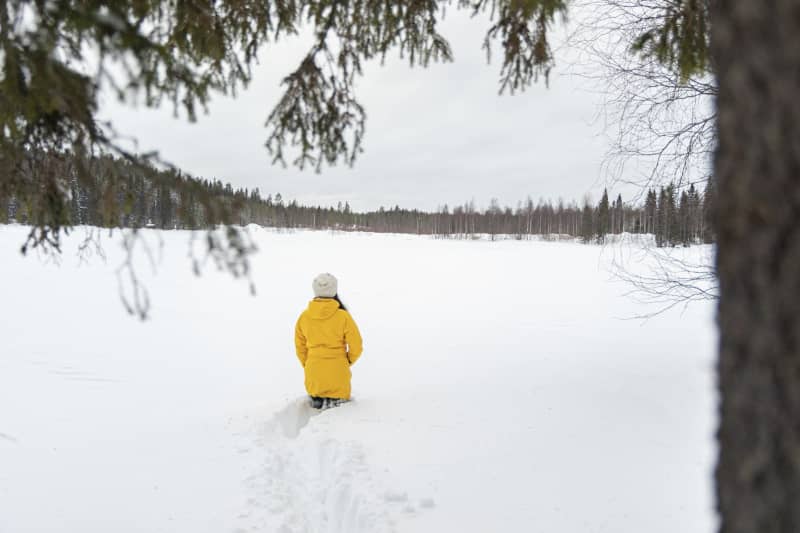
Whole body vomiting
The mother of three knows what she’s talking about.
The birth of the first child was overshadowed by the fear of childbirth. The reason was clear. Tarkiainen’s mother and younger brother died in childbirth when Tarkiainen was five years old.
The middle one came a month ahead of schedule, which the composer who trusted schedules could not have imagined.
With the youngest, Tarkiainen was ready to act according to his instincts. He took a hundred-kilometer trip to the hospital at the last minute, built a bubble around himself, like animals do when they separate from the herd at the time of birth.
New life is often born in nature in complete silence.
– Many animals take care of giving birth alone and completely peacefully. I wanted to act accordingly on my instincts.
The child was born sitting on a stool in a couple of minutes.
– It felt like full-body vomiting. I remember how, desperate for my life, I grabbed the midwife by the shoulder and my fingers sank deep into the flesh. It must have left some good bruises. Then I just screamed, and when the baby landed, my voice got hoarse.
During the experience, Tarkiainen had time to think that if it’s \”just\” a contraction, he can’t stand another similar one. Luckily for him, it was the turn of congratulations. The third child was born.
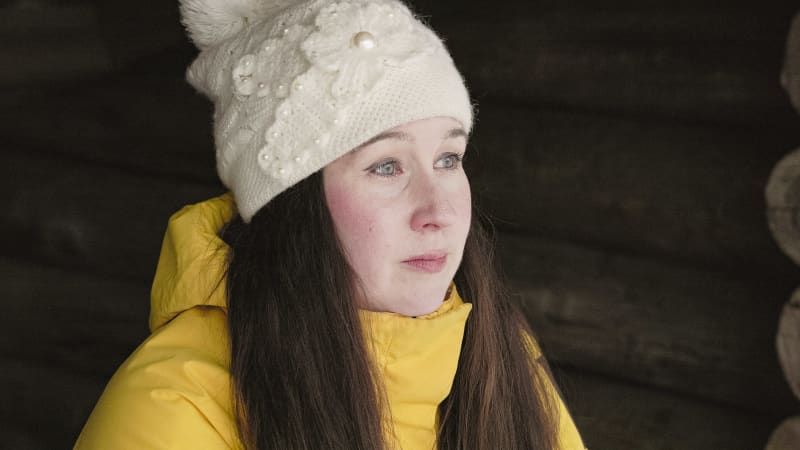
Tarkiainen’s first two children started their lives in the intensive care unit. Now the mother was in trouble, because the placenta did not detach. The composer had to undergo surgery, but the child was fine.
– He was born inside the fetal membrane, i.e. wearing a lucky veil, as they say. It is said to be very rare.
Tarkiainen has written several works that are in one way or another inspired by childbirth experiences. There’s one more to come.
– I’m composing an orchestra piece about that moment, the working title of which is *The Rapids of Love.* It’s going to be a catastrophic couple of minutes. Then I guess I’ll leave the birth topics for now.
Reserve to give space
Music is a phenomenon that is difficult to put into words. It communicates in a unique way, you can feel it and it goes deep. The sense of hearing is of enormous importance to humans. Hearing is the last functioning senses before death. The newborn reacts to the sound by, among other things, startling.
Tarkiainen interprets that there is something sacred in both birth and death.
On the other hand, there is something primitive and instinctive in the sound and the music created from it, an interaction that goes beyond the intellect. Tarkiainen caught it while giving birth.
– I realized how far western people have drifted from their instincts. I think my own instincts were born at the same time my first child was born. It was the resurrection of instinctual man.
Tarkiainen gave birth to her three sons in just over three years. Between and after them, a lot of orchestral works and chamber music and one opera have also been created.
He says that listening to instincts has influenced his composition. It has eliminated elements from the process. Tarkiainen dares to give space to the notes and do something more reduced.
– I’m starting to believe that that’s enough too.
*What kind of thoughts did the article arouse? You can participate in the discussion until 23:00 on March 27.*
